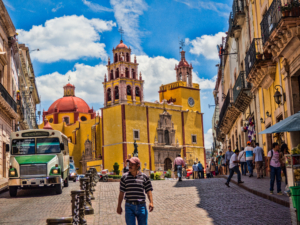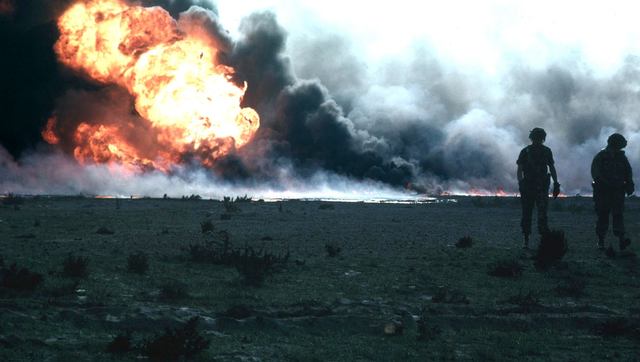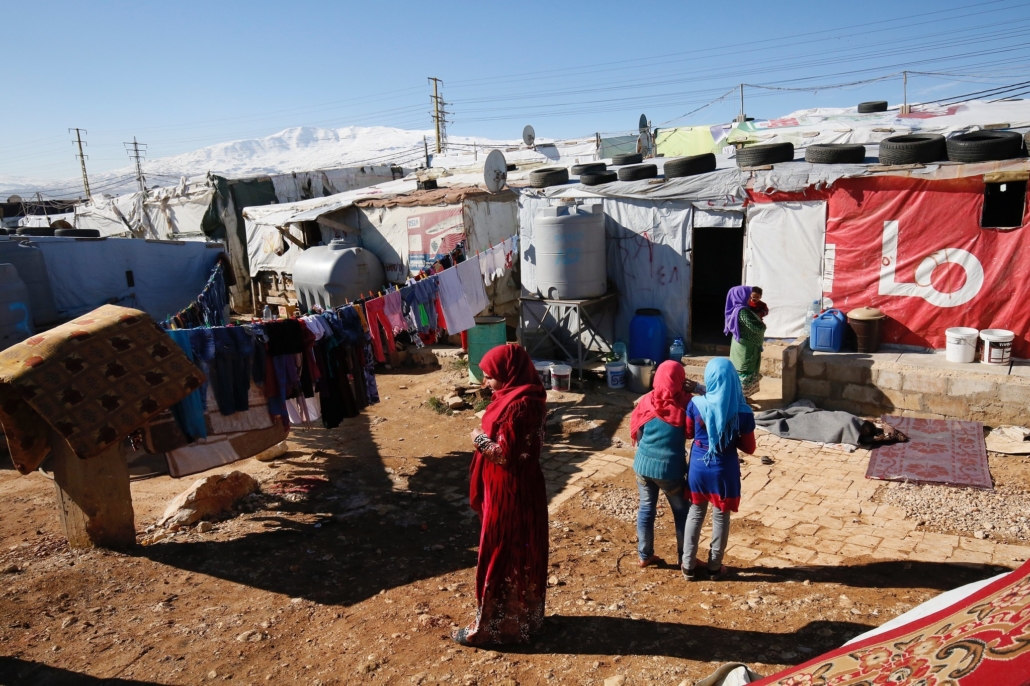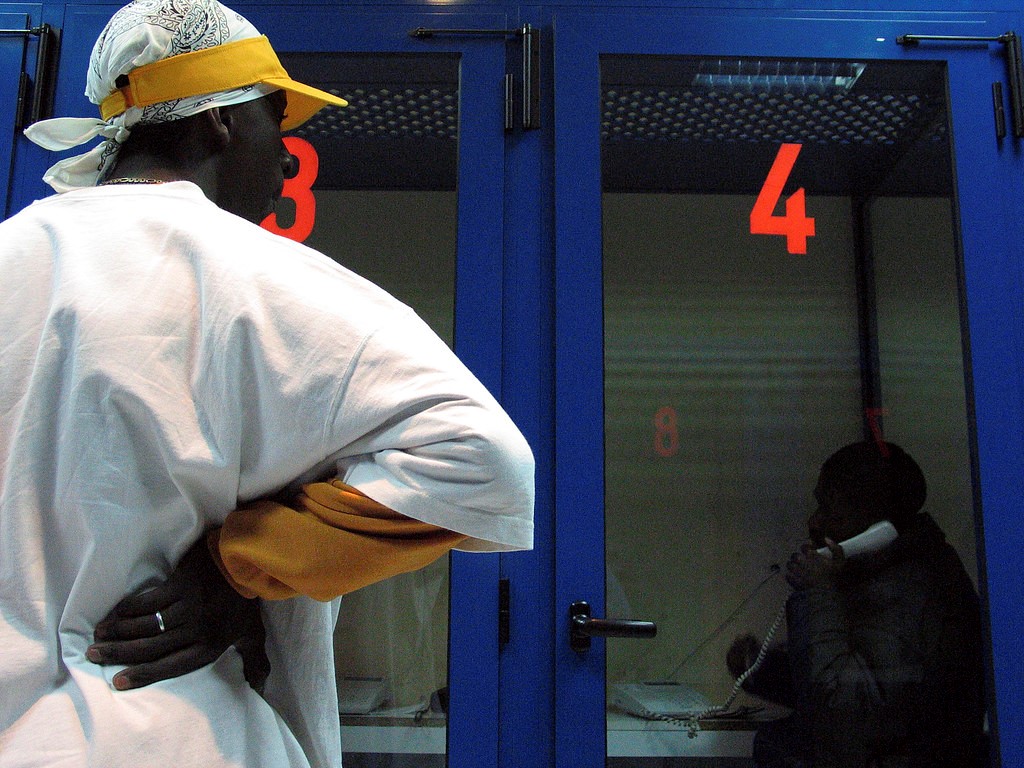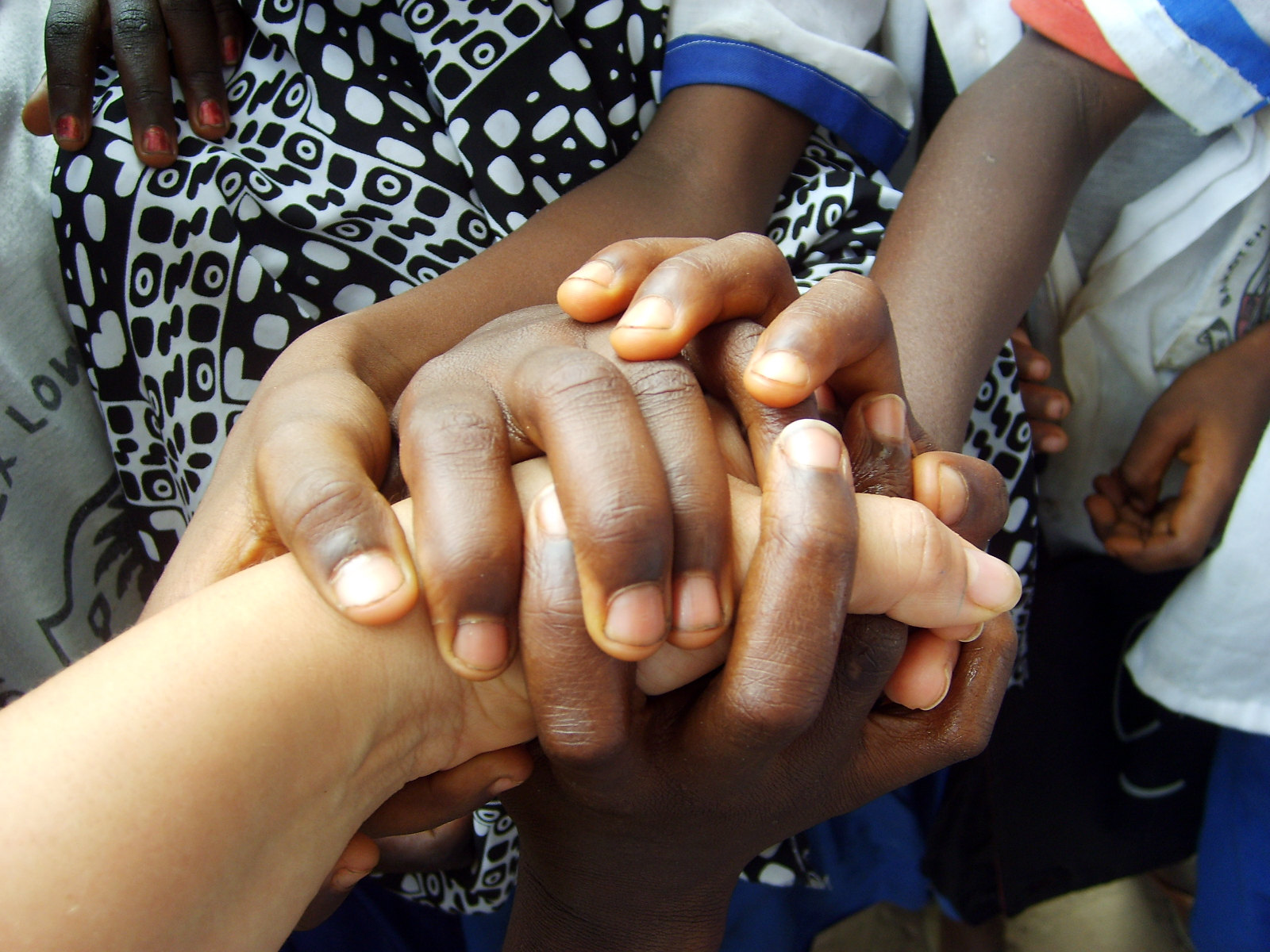 There has been so much progress to overcome global poverty since 1990. About 10 percent of people around the world live on $1.90 a day, but The United Nations’ Sustainable Development Goals aim to completely eradicate global poverty by 2030. Here are 10 ways people can help speed up the process to eradicate global poverty.
There has been so much progress to overcome global poverty since 1990. About 10 percent of people around the world live on $1.90 a day, but The United Nations’ Sustainable Development Goals aim to completely eradicate global poverty by 2030. Here are 10 ways people can help speed up the process to eradicate global poverty.10 Ways to Help a Developing Nation Out of Poverty
- Fundraising: Fundraising is very important in the way that nonprofits, such as NGOs and other organizations, raise money to fund projects, operations, salaries and overhead costs. The money these associations raise will help them make people’s poverty-reduction efforts a reality.
- Donating: Donations are voluntary gifts or contributions towards a specific issue or cause. Donations “comprise of a large chunk of NGO funding,” which also helps organizations fund projects to help eradicate global poverty. While a majority of nonprofit organizations depend on donations for their projects, a large amount of its funding is because of the wealthy individuals that donate massive amounts of money as well.
- Calling Congress: Calling congress is one of the most effective ways to contribute to the eradication of world poverty because of the way that it can get congressional leaders to notice specific issues or bills. Political offices keep tally marks on every call they receive, so making multiple phone calls during the week will increase the chances of change, such as encouraging congress to protect the International Affairs Budget.
- Mission Trips: Going on mission trips allows a person to personally and intimately help others living in poverty. These interactions can lead to a change of perspective and life after seeing and experiencing poverty first hand.
- Advocating: Advocating for a developing nation ensures that the most vulnerable people in society have their voices heard on important issues. It also defends and safeguards their rights so that others take their views and wishes into consideration when making decisions about their lives.
- Lobbying: Lobbying is important because it is the reason why the U.S. has a productive government. Lobbying bills or solutions to certain issues can help resolve them in developing nations, which positively influences the eradication process of global poverty.
- Volunteering: Building a house, a fence, even handing out canned food are amazing ways to start helping those in poverty. Volunteering for nonprofit organizations, foundations and missions involve small acts of kindness that make the biggest differences in people’s lives.
- Microlending: Microlending is when a development organization provides a small loan to start or expand businesses that can act as a push to a virtuous economic cycle. Not only does microlending improve the living conditions of developing nations, but it also encourages citizens that they are capable of starting a business of their own.
- Saving services: Since people in developing nations receive low wages and irregular incomes, saving facilities deliver tools to help manage cash flow and risks. This minimizes citizens’ vulnerability. Saving services can be there to help whenever there is a necessity of money accumulation regarding events that a person either expects or does not expect.
- NGOs: Non-governmental organizations are great associations that help with the eradication of poverty. They work to fundraise, advocate, lobby and volunteer in efforts of poverty-reduction. If a person joins an NGO, it is the best way to help a developing nation out of poverty.
There is always a way to help a developing nation out of poverty. Following any of these 10 steps will ensure the future of millions who are seeking a way out and eradicate global poverty.
Photo: Flickr


